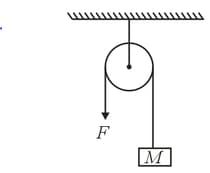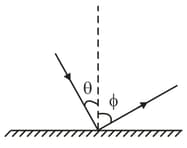Embibe Experts Solutions for Chapter: Work, Energy and Power, Exercise 1: Exercise 1
Embibe Experts Physics Solutions for Exercise - Embibe Experts Solutions for Chapter: Work, Energy and Power, Exercise 1: Exercise 1
Attempt the practice questions on Chapter 4: Work, Energy and Power, Exercise 1: Exercise 1 with hints and solutions to strengthen your understanding. Physics Crash Course JEE Advanced solutions are prepared by Experienced Embibe Experts.
Questions from Embibe Experts Solutions for Chapter: Work, Energy and Power, Exercise 1: Exercise 1 with Hints & Solutions
A block of mass is kept on a vertical spring of spring constant fixed from below. The spring is now compressed to have a length shorter than its natural length and the system is released from this position. How high does the block rise? Take
A ball is released from a height . It hits the floor below and keeps bouncing repeatedly until it comes to rest. If the coefficient of restitution of the head-on collision between the ball and the floor is , the total distance covered by the ball (vertically) from the point of its release to its rest position is given by:
A block of mass is hanging over a smooth and light pulley through a light string and the other end of the string is pulled down by a constant force . The kinetic energy of the block increases by in

A block is attached to the end of an ideal spring and moved from coordinate to coordinate The relaxed position is at The work done by spring is positive if
If the kinetic energy of a particle continuously increases with time then?
Two particles and of masses and moving on a smooth horizontal surface with speed and collide perfectly inelastically, then

A particle strikes a smooth horizontal surface at an angle and it rebounds at an angle as shown

The displacement of an object of mass is given by the relation , where is time in seconds. If the work done by the net force on the object in is , where and are smallest integer values, then what is the value of ?
